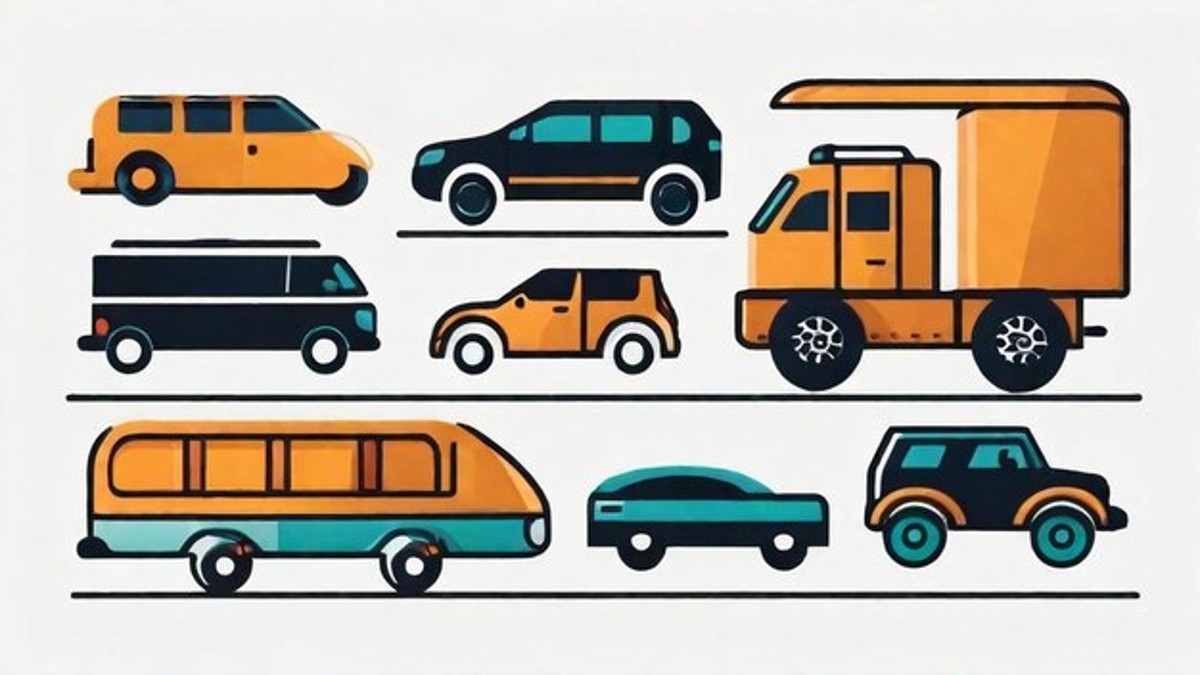The automotive sector has always been dynamic, changing to meet consumer needs and keep up with emerging trends. The convenience of owning a personal automobile is attracting more individuals, which highlights the critical need for safe and effective car mobility. That’s where auto carriers come into play. Carriers are special vehicles made to move cars from one place to another while guaranteeing the security of the vehicles en route.
1. Car Carrier Evolution
Car trailers have changed a lot since they were first made. Car trailers used to be straightforward flatbed trailers hitched to trucks, able to hold a small number of cars at once. The protection these carriers provided from the weather and any hazards on the road was quite rudimentary. Car trailers, however, underwent substantial changes as the automotive industry expanded and the need for vehicle transportation increased.
With their cutting-edge features and technology, modern car trailers are engineering marvels. There are several varieties of them, including enclosed and open carriers, and each is designed to satisfy the unique requirements of the automobile sector. Open carriers are more widely used since they make loading and unloading cars simple. On the other hand, premium or antique automobiles are frequently transported in covered carriers, which offer extra protection and guarantee the cars’ immaculate condition.
2. Car Trailers Capacity
The ability of car trailers to transport many vehicles at once is one of their most important features. Car trailers come in a variety of shapes and sizes to fit a variety of vehicles, from compact sedans to spacious SUVs. The design of a car trailer determines how much space it can hold; some carriers can hold up to twelve automobiles or more, while others can only hold a handful.
Car carrier services now use trailers with maximum space comprising several decks or levels, which makes it possible to stack automobiles neatly. These levels are purposefully designed to maximize the amount of space available and guarantee that vehicles are loaded safely and securely. Ramps and hydraulic systems also contribute to the ease and convenience of the loading and unloading procedure.
3. Safety and Security
Car trailer companies and their clients place the utmost importance on the safety and security of the automobiles they transport. State-of-the-art safety systems are installed on carriers to guard against any damage to the vehicles while in transit. Wheel chocks, safe tie-down mechanisms, and cushioned support to stop movement during transit are some of these features.
The automobiles are also shielded from the elements and road debris by carrier designs. Specifically, enclosed carriers guarantee that the vehicles they transport arrive in the same condition as when they were loaded by offering a safe and weatherproof environment.
4. Technology Advancements
Technological developments have not exempted the carrier industry. The efficiency and safety of driving have increased recently as a result of technological integration. GPS tracking devices, which enable real-time carrier location monitoring, are now considered standard features. Car owners can watch their vehicle’s progress during transit, which not only benefits the carrier firm but also gives them peace of mind.
Furthermore, car trailer telematics systems aid in diagnosing and tracking the carrier’s performance.
5. Global Reach
Car trailers operate both domestically and internationally. They are essential to the worldwide automotive supply chain. Both domestically and internationally, car manufacturers frequently use carriers to move cars from manufacturing to dealerships. Across continents, complex logistics networks have emerged in response to the demand for dependable and effective carriers in the worldwide market.
International car trailer companies handle the complexities of customs clearance and import/export laws. This guarantees a seamless and trouble-free procedure for producers and vendors, empowering them to ship automobiles to global clients.
Conclusion
Automobile transportation progressed from straightforward flatbed trailers to intricate, technologically advanced carriers that guarantee the protection and safety of the vehicles they move. There are many kinds of car carriers available, each designed to fulfill a particular purpose. For example, conventional vehicles can be transported using an open carrier, whereas high-end or vintage cars require an enclosed carrier.
Modern features shield cars from harm while they are being transported, with safety and security being of utmost importance. With telematics monitoring and GPS tracking devices, technology has significantly improved the effectiveness and safety of car transportation.



